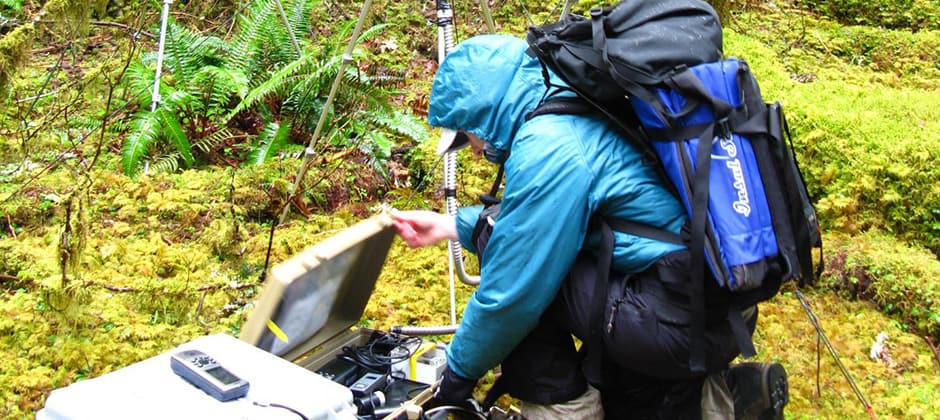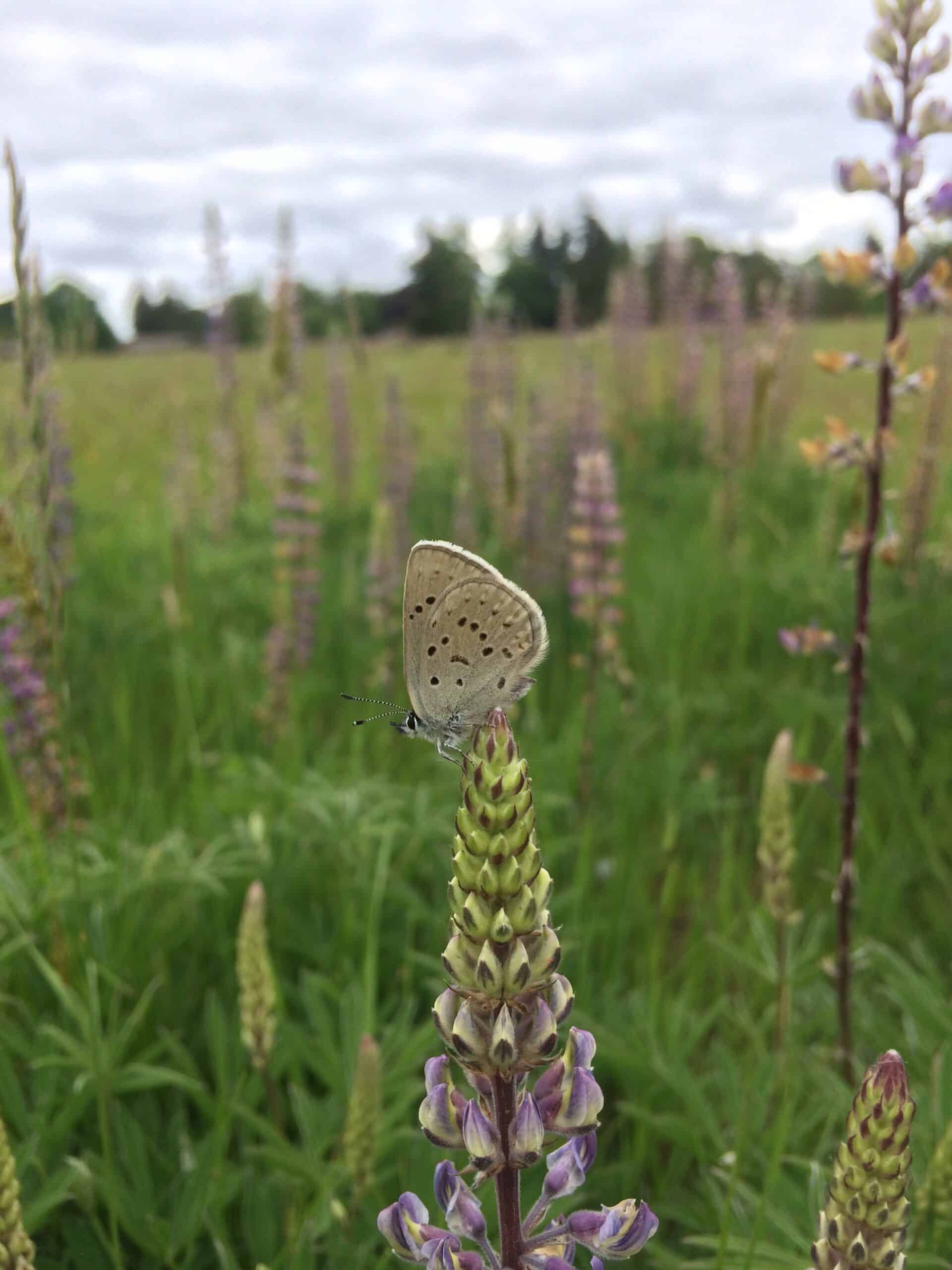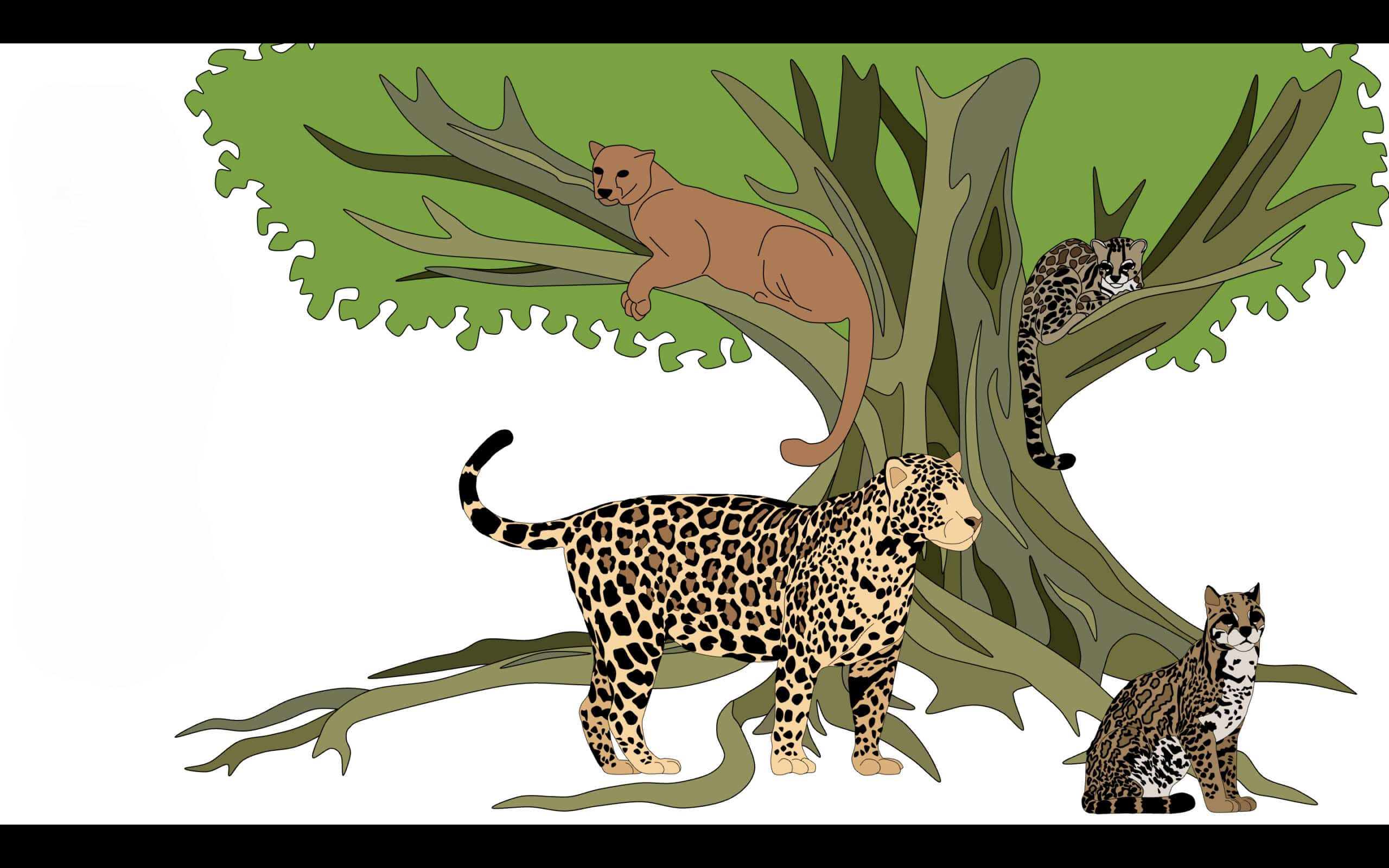Share this article
Planes, trains and automobiles are deafening sounds of nature
Whether it’s from cars on nearby highways or low-flying planes, the noise from human transportation is interrupting wildlife in their few remaining sanctuaries in U.S. national parks, according to a new study.
“Even though national parks are relative quiet, some parks were inundated with all kinds of noise,” said Rachel Buxton, a postdoctoral fellow and conservation biologist at Carleton University in Ottawa and the lead author of a study published recently in Frontiers in Ecology and the Environment.
Human-caused noise can impact all kinds of things for wildlife, but Buxton divided these into three major categories: masking, distraction and perceived threat. Masking is when human noise directly interferes with ecological noise, whether it’s covering up mating calls from birds and frogs or hiding the sounds of predators to make prey more vulnerable than usual. Distraction is when introduced noises may make animals more vigilant, which may reduce the time they spend on foraging, mating or other activities key to their survival and reproduction. The third category involves animals perceiving the noise of something like a passing aircraft or train as a threat, causing fight or flight responses.
Buxton, who was a postdoctoral researcher at Colorado State University (CSU) at the time she conducted the research, did this work in collaboration with the National Parks Service’s Natural Sounds and Night Skies Division. The latter has collected an enormous database of recordings from national parks around the country. Students at CSU then analyzed these sounds, dividing noises from human sources into different categories such as human voices, construction noise, aircraft, land vehicles and others.
They combined this information with geospatial models created by NPS to determine what kind of noise impacted which parts of the parks.
“There’s very little information at a large scale about where noise pollution is a big issue, especially in remote areas,” Buxton said.
But their analysis revealed even these areas set aside for nature can be affected by noise caused by human traffic.
“National parks are still largely bastions of natural sound,” Buxton said, especially when compared to other parts of the U.S.
However, they found that sounds from vehicle noise, whether from aircraft or land-based, accounted for a large degree of the human-caused noise in national parks.
With some parks, this isn’t necessarily a surprise. The National Mall in Washington, D.C., for example, is full of all kinds of human noise, as are other urban parks.
But even more remote parks experience human-derived noise — often from aircraft. Buxton said this is likely due to Federal Aviation Administration mandates to avoid human areas to reduce the noise over residences.
“In some cases you actually do see flights being routed over these relatively pristine areas,” Buxton said.
She said that the FAA is already developing some strategies to reduce this impact, possibly by routing flights along highways that already cut through national parks where possible so the noise is concentrated in a single area.
But overall, Buxton said much of the noise that affected national parks was often limited to small pockets, which may make it easier to control.
“It’s those sorts of areas which are really the low-hanging fruit for noise issues,” she said.
Services like shuttle services that bring visitors to major sites in places like Rocky Mountain National Park in Colorado can help reduce vehicle noise. Building highways with more porous pavement can also help absorb noise.
Beyond the impacts to wildlife, Buxton said human-caused noise can also take away from the iconic acoustic environment, whether it’s the river gushing through a gorge or the mating calls of wildlife, that visitors may experience.
“Understanding how we are impacting that acoustic environment, it just really draws our attention to the importance of conservation and the importance of the acoustic environment,” she said.
Header Image: A researcher sets up audio recording equipment on NPS lands. ©Rachel Buxton








